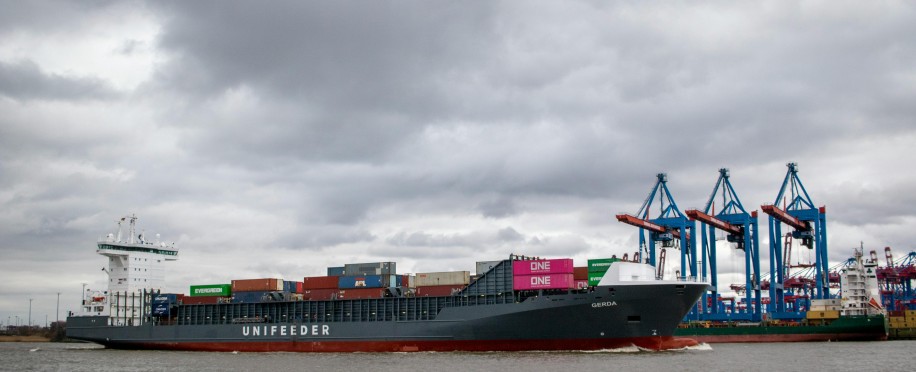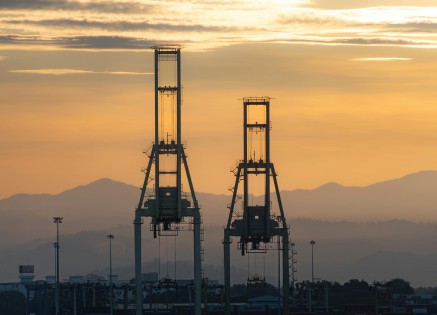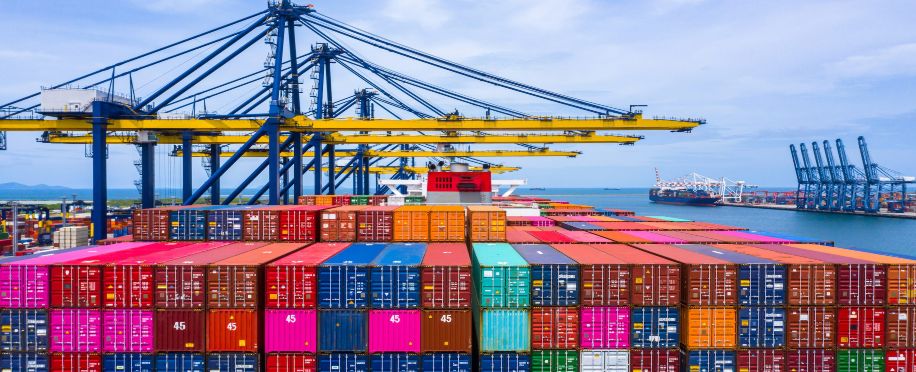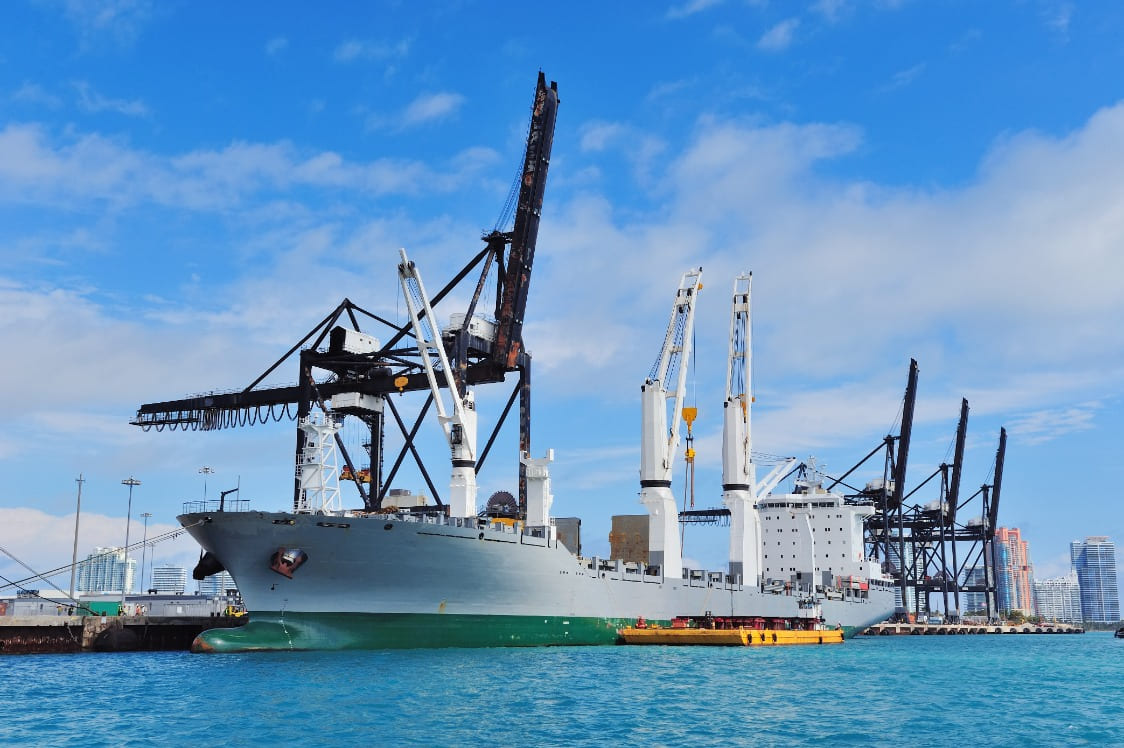The Advantages and Challenges of Using Freight All Kinds (FAK) Rates

Posted on Mar 22, 2025 at 01:03 AM
Freight pricing can be a complex maze, especially when different ocean shipments fall under various classifications and tariffs. For many businesses, Freight All Kinds (FAK) rates provide an appealing solution, simplifying container shipping costs and streamlining logistics. But is this service a good option for your business? Let’s explore the benefits and challenges of FAK rates and how they impact the broader transportation industry.
Understanding Freight All Kinds
The term FAK rates refers to a pricing strategy where a single rate is applied to multiple kinds of cargo, regardless of its classes. Instead of assigning different National Motor Freight Classification (NMFC) categories, shippers can consolidate freight into a uniform pricing model that combines all types of shipped cargo into one united load. Using FAKs this way is especially useful for companies shipping diverse products to customers regularly.
FAK Rates vs. Traditional Freight Pricing
Essentially, freight pricing is based on NMFC classifications, which consider physical and financial factors for loads like density, handling, and liability. With FAK, however, these distinctions are removed, and businesses can transport goods under a simplified standard pricing structure. A shipper company who follows this agreement can benefit from cost savings but also is required to carry out careful negotiation with carriers to ensure fair pricing.
FAK Pricing Across Industries
Industries like e-commerce, manufacturing, and import/export agents frequently use FAK rates. Whether shipping machinery, hardware (like power drills), or consumer products, FAK provides a flexible solution for managing freight costs.
The Advantages of Freight All Kinds Rates
Here are the top benefits of using FAKs in shipping businesses:
1. Simplification of Freight Classification and Tariff Structures
FAK rates eliminate the need for complex NMFC classification assessments, meaning there are reductions in ship administrative burdens. This is especially beneficial for LTL (Less-Than-Truckload) shipments, where multiple small shipments are consolidated into a single commodity.
2. Cost Savings for Shippers and Carriers
Since FAK rates combine multiple freight types into a single category, shippers avoid higher individual classifications that might otherwise increase costs. This pricing model allows businesses to leverage bulk shipping discounts and reduce their overall level of expenses.
3. Flexibility in Transporting Multiple Cargo Types
FAK pricing is ideal for companies handling a variety of goods, from tools and machinery to packaged goods and commodities. This flexibility enables businesses to adapt to market demands without constantly renegotiating freight derivative terms.
4. Increased Efficiency in Freight Management
By removing classification complexities, FAK rates allow logistics teams to optimize their transport strategy. Companies employ freight brokers and third-party logistics providers to manage these shipments effectively, leading to faster delivery times and better resource allocation.

Challenges of Using FAK Rates
In contrast with all the good benefits, Freight All Kinds (FAK) Rates present a few challenges:
1. Potential Misclassification Issues and NMFC Compliance
While FAK simplifies freight classification, misclassification risks remain, especially for regulated goods such as nuclear materials, ores, or hazardous wastes. The USDOT (U.S. Department of Transportation) requires compliance with NMFC standards, so businesses must ensure proper categorization.
2. Negotiation Complexities with Freight Carriers
FAK rates are not a one-size-fits-all solution—they must be negotiated with carriers based on shipment volume, frequency, and transport routes. Shippers need to establish strong agreements with carriers or brokers to secure fair pricing.
3. Risk of Overpaying for Low-Class Shipments
Since FAK rates apply a flat pricing structure, some shippers may overpay if they primarily transport lower-class items. For example, a company shipping lightweight materials may be charged at the same rate as a company moving heavy equipment, leading to unnecessary expenses
Optimizing FAK Rates: Best Practices for Shippers
Managing Freight All Kinds (FAK) rates effectively requires choosing the right provider, leveraging technology, and ensuring compliance. A well-structured FAK strategy can significantly reduce costs and simplify logistics operations.
1. Selecting the Right Freight Provider
Choosing a reliable carrier, trucking company, or broker is key to securing cost-effective FAK pricing. Businesses should:
- Compare LTL and truckload shipping options for better transportation solutions.
- Partner with established freight brokerage services that cover a broad range of cargo types.
- Explore international shipping providers to enhance global importers’ logistics.
- Attend a Maritime Training Academy in London to learn how to negotiate better in real-time through hands-on exercises.
2. Leveraging Technology for Freight Management
Modern freight tools help shippers assign NMFC codes, track shipments, and manage agreements. Essential solutions include:
- Freight tracking software for real-time shipment updates.
- Classification tools to determine the best FAK pricing method.
- Digital brokerage platforms to review quoted rates, customer reviews, and shipment sizes.
Shippers should also ensure compliance with industry classifications to prevent exceptions or misclassification issues.
3. Reviewing and Adjusting FAK Agreements
Freight pricing fluctuates, so businesses must adjust their agreements regularly:
- Analyze invoices to track transported cargoes and ensure accurate pricing.
- Negotiate with providers if costs exceed expected ranges.
- Explore flexible FAK options to optimize logistics management.
By following these best practices, shippers can simplify FAK pricing, save money, and ensure smooth freight transport while maintaining compliance with USDOT and industry regulations.
One final thought
Ultimately, Freight All Kinds pricing is most beneficial for importers handling specialized cargoes, looking to handle freight management simply, and efficiently. By leveraging industry expertise, freight tools, and strategic negotiations for packages, businesses can enhance their logistics strategy and stay competitive in the global market.
Would FAK rates work for your business? Evaluating your shipping needs and exploring flexible freight options could be the key to cutting costs and streamlining operations.





